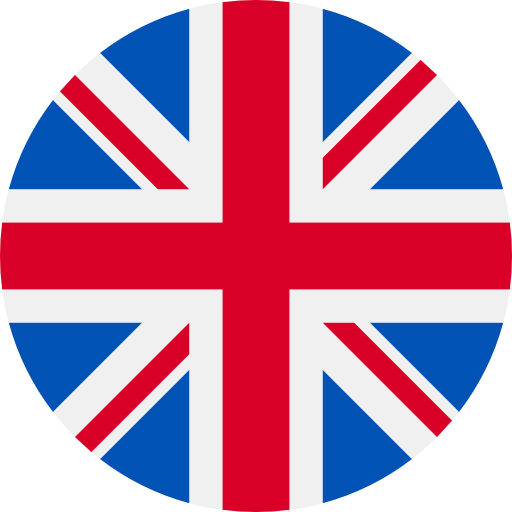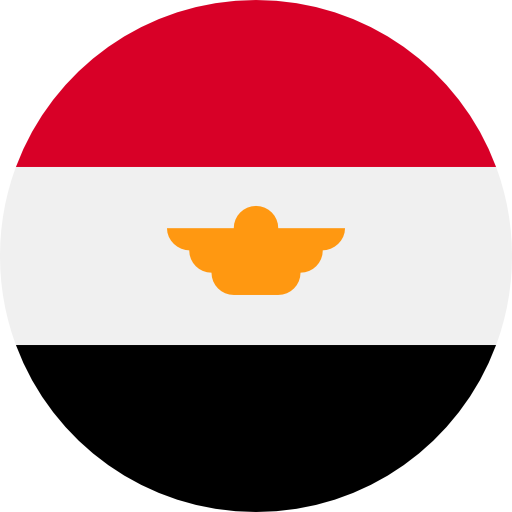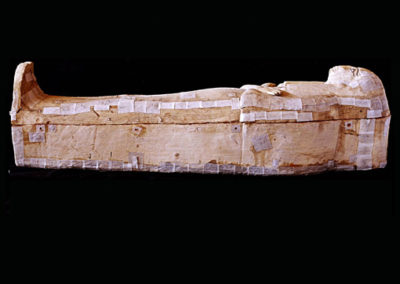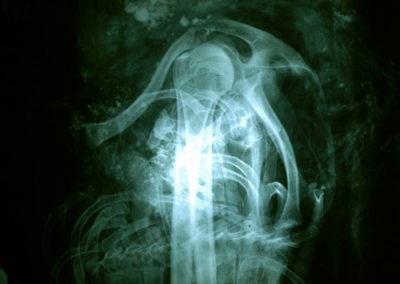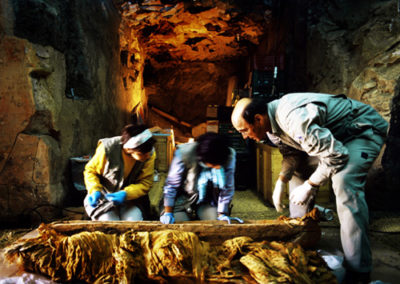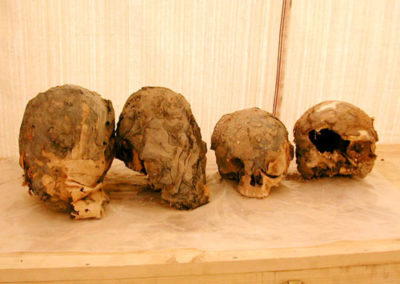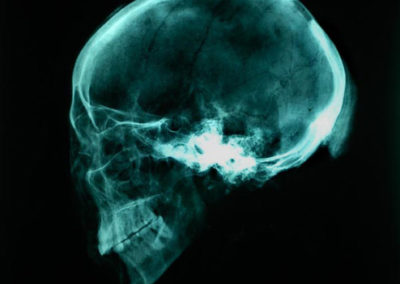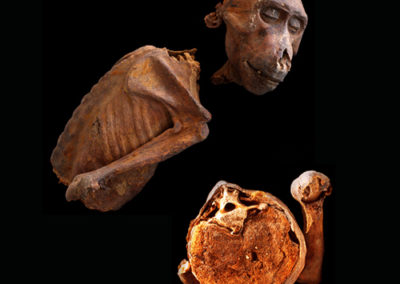During the 2004 season several human and animal mummified remains were examined both visually and radiographically. The total number of complete human mummies was small, only two, while the number of intact animal mummies was even smaller: one. Partial remains of both humans and animals were more plentiful, with four damaged animal mummies, and four human heads being studied.
The mummies all came from a variety of contexts, mainly from the courtyards in front of TT 11 and TT 12. As their archaeological context has been discussed elsewhere, this report will focus on the remains themselves.
HUMAN MUMMIES
Mummy 1 (in magazine)
Length of Mummy, head to sole: 164 Width, at head: 16.5; at shoulders: 30.5; at hips: 29.5; at “waist” 31.5 Coffin, external length: 183; internal length: 171.5
This mummy was found in a wooden coffin that was covered with a creamy-whitewash, with only the eyes and eyebrows painted in black. The cover was carved to depict what appears to be a woman, wearing a wig and round earrings (plugs), with her hands crossed over her torso below her breasts. Her breasts are shown as semi-circles peeking out from under the straight ends of the lappets of her wig. A squarish unpainted spot on the chin suggests that a false beard was intended as part of the coffin’s design; however, there are neither dowel holes nor a beard, nor evidence of glue, which suggests that the beard might never have been placed there. Nonetheless, the possibility that it once existed and has since fallen off should not be dismissed. The shoulder to elbow area is very distinct, with the elbows making an especially prominent angle where they bend (distance from neck to elbow is 48 cm., with head to neck measuring 28 cm.). The hands are quite nicely depicted with the nails carved in detail. The coffin, like most other wooden coffin, is made of several pieces of wood dowelled together, with the thickness of the coffin ranging from 4 to 5.7 cms. There are four spaces on each side of the body for the tongues and dowels used to secure the coffin. At present it is not feasible to offer a firm date for this sparsely decorated piece, although a range of possible late Ramesside through the end of the Twenty-first Dynasty might be considered.
One interesting feature of the coffin is that red paint was applied to the area of the join between lid and trough, most probably to the lid as that has a greater amount of paint. Whether there is some practical explanation for this feature, or whether the paint held iconographic significance related to the sun, blood, and rebirth and resurrection is, at this point, unknown. Another feature that was noted, whose significance, if any, is unknown, is the fact that a noticeable quantity of mud was found in the sarcophagus’ trough, near the feet. Whether this was accidental or deliberate is unclear; if the latter, perhaps the mud symbolizes the Nile silt and its connection with Osiris and rebirth? Certainly mud-plaster was used to fill up a crack in the wood that ran vertically along the bottom of the coffin.
From the top (frontal or ventral side), the mummy appears to be not very elaborately bandaged, with a linen shroud covering the body, and being secured at the feet, neck and head. At the feet a system of knots keeps the bandages in place. Some of the underlying layers appear to be diagonally wrapped, as seen through the outermost wrapping. The linen found in the area from the nose until just beyond the waist is much darker in colour than that on the rest of the mummy, most probably due to the amount of oils, unguents, and resins used in the mummification process. Indeed, this mummy was notable for the strong odour that it exuded upon opening the coffin. Additional evidence of “pooling” of mummification materials is obvious at the shoulder, which pressed into the side of the coffin. The back or dorsal side of the mummy shows an extraordinary wrapping pattern, where the shroud is laced into place using a single long thin linen bandage. This is somewhat reminiscent of the laced up cartonnage coffins found in the Ptolemaic Period. The linens used to wrap the mummy cam from different sources as a variety of qualities were found. However, most were quite coarse. One segment that is visible in the back, is fringed. A significant amount of oils and resins appear to have been used in the fabrication of this mummy. Their odour still lingers, and they have left marks on the linen bandages. Without chemical or mechanical tests it is impossible to identify the different types of materials used in mummification, although one can assume that the usual types were employed. Natron was probably the desiccation agent.
The mummy was x-rayed and shows an individual, positioned on the back with the arms lying along the body, with the hands overlapping the pubic area. It is difficult to tell if the mummy was excerebrated, although that is a possibility. Not all the bones are in the correct anatomical position: the clavicles have slipped down slightly, and there is some disturbance in the area of the eighteenth vertebra and below. Although the long bones are fused, the pubic symphysis is not. All the teeth are erupted and show some signs of wear. The body appears to be that of a woman, although the skull has some slightly masculine features, with high sinuses, and rather large mastoid processes. However, the gracility, size, and density of the long bones, as well as the overall pelvic shape, suggest a woman. The individual’s age argues against a young man. The bones seem to indicate relative good health, though there is some irregular cortical thickening on the external surface of the left ulna and radius, perhaps periostosis of some kind, perhaps as a result of some sort of inflammation. Vestigial Harris lines (related to episodes of restricted growth, which occur for different reasons, most frequently related to diet, in an individual’s lifetime) can be seen on the distal femurs, and proximal and distal tibiae. The woman’s age, based on epiphysial fusion and dentition, seems to be between 25 and 30 years.
-

Preliminary Report on the Mummified Remains
-
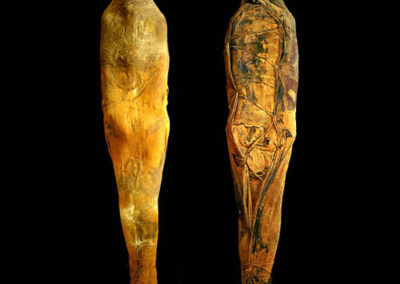
Preliminary Report on the Mummified Remains
-
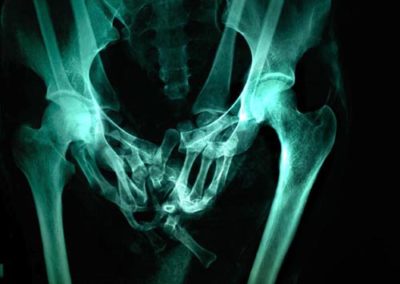
Preliminary Report on the Mummified Remains
Mummy 2 (in magazine)
Mummy length: 159 Coffin length: (exterior) 170, interior 157 Coffin width varies from 23 to 27.5
This mummy lies only in the trough of a coffin that might not even have been intended for this corpse. The coffin is crudely carved from a tree-trunk , part of which is roughly fashioned to take the shape of either a solid head, or be used as a handling boss. A cursory investigation suggests that this coffin was comprised of at least three, if not four sections of what might be sycamore wood of a very uneven thickness. There is only one slot for where the tongue of the lid would have been inserted on one side of the coffin. The mummy itself is rather inelegant, due not only to its being of poor quality to begin with, but also due to the fact that the head was removed at some point in the past, perhaps by looters ransacking the body for amulets and jewellery, or people in the antiquities trade. The mummy is untidily bandaged, using a variety of different linens, the majority of which are loosely woven tea-coloured bandages. Some, however, have their edges sewn, and one is whitish with loops coming off it, reminiscent of the “towels” on display in the Egyptian Museum, Cairo. The corpse is spirally bound, with some bandages laid at more extreme diagonals than others.
This mummy does not appear to belong to a wealthy individual, and was made with little recourse to resins and oils, as it was just dried. Several dermestid beetles appear to have taken advantage of this, and seem to have eaten the flesh of the corpse, leaving bones and some powder. The mummy is fairly disarticulated within its wrappings. The individual’s distal femur is not quite fused, as is the case with the proximal humerus. Based on the sciatic notch and the size and robusticity of the bones, the body probably belongs to a man. There is no obvious evidence of disease found in the bones. The individual would appear to be about 18-22 or so years of age at death as the proximal humerus, and both the epiphyses of the femur are not totally fused in a seamless way.
MUMMIFIED HUMAN HEADS (1-4)
During the course of excavation, a niche was found in one side of the courtyard wall of TT 11. This contained four mummified heads that had presumably been placed there in the historic past, perhaps as a lure for curious tourists. The style of mummification, with broad, coarse, bandages, wrapped in many layers (where they remain), suggests that they are all roughly contemporary, and of a late date, perhaps dating to the latter part of the Late Period. They are also not of the best quality, and would belong to less wealthy individuals.
Head 1
A large quantity of resins and oils seem to have been used during mummification, and the mummy was probably laid directly into/onto the ground when the bandages were still wet with these materials as stone and sand adheres to the right side of the head. This consists of the cranium with no mandible. It is possible that the brain was left intact in this individual, as there are no obvious signs of a break in the ethmoid bone. The individual has no teeth, although the alveoli suggest that they had all erupted some time ago. There are signs of potential dental disease—a hint of an abscess can be seen on the left side. The mummy belongs to a woman who died at some point between her 20s and 30s.
Head 2
Most of the bandages have fallen off this head, revealing the cranium, except in the back, where several layers still remain. Hair does not appear to be preserved; quite possibly it fell off with the bandages. The brain, albeit fragmentary, is still in the cranial cavity. This is one of the worst preserved of all four heads found in the niche. It belongs to a male, aged between 25 and 30 years, at the time of death.
Head 3
This head is well padded with multiple layers of linen covering the face. The linen is not of the finest quality and appears to be heavily impregnated with resins and oils. The individual had a pronounced overbite, and was a man who died between the ages of 25 and 35. He was not excerebrated.
Head 4
Several layers of coarse bandages with large quantities of shiny resin cover this head. It does not seem to have been excerebrated. The skull appears to belong to an older female, aged over 40 years. There is significant tooth loss, and the bone has been reabsorbed.
ANIMAL MUMMIES
Monkey
One of the most remarkable of the animal mummies excavated here belonged to a monkey (species still to be determined) that was found just outside the entrance to a shaft in front of TT 12. The mummy had suffered in antiquity as it appears that someone had sawn off the body below the navel. It is unlikely that the mummy was prepared as only a partial corpse, although the neatness of the interior bandage-packets is extraordinary, as they would have to have been introduced through the animal’s nether regions. The monkey mummies at the Egyptian Museum were also prepared through enlarged breaks through the anus. The legs and lower torso of the monkey have not been found during the course of excavations.
The monkey is a very fine example of an animal mummy for a number of reasons, most notable being the state of preservation, and the method of mummification. It is so well mummified that its fur and ears are clearly preserved. As far as one can tell, the animal was eviscerated, and then desiccated using natron. The internal organs are not to be found; however, the thoracic cavity is filled with carefully rolled loosely woven linen bandages that take up the entire cavity and stretch the animal’s skin rather tautly over them. It appears to be a male animal. Oils and resins were used both in the interior of the torso, as well as on top of the mummy, but judiciously, as they have left the skin and fur relatively undamaged. The brain appears to have been removed through the nose, as was done with human mummies, although this is not totally clear. The animal´s age is yet to be determined using charts in conjunction with the x-rays. However, a preliminary inspection suggests that it was not over three years of age as its proximal humerus was unfused, and many of its teeth check are unerupted; indeed they are in the jaw/alveoles.
Cat
A once well-wrapped animal mummy was examined. Based on the coffered bandaging pattern, and the bi-chrome bandages dates to the Graeco-Roman Period, probably from the 3rd century BC to the 2/3 century AD (parallels CG). X-rays show that the mummy bundle did not actually contain an entire animal, but portions: part of the pelvis, a femur, and possibly another bone check.
Cat Head
The head of a mummified cat was recovered near TT 11. Some black substance, evidence of mummification, still remained on the fur, together with some mud. All the bandages had fallen off at some point in the past. The remainder of the creature’s body was not recovered.
Small Mammal
A small mammal mummy, missing all but some of its ribs and vertebrae was also found during the course of excavations. Unfortunately, due to the limited nature of the elements remaining, it could not be identified to species. In addition to desiccation, the animal was anointed with oils and resins prior to bandaging. Its damaged state precludes understanding whether or not it was.
